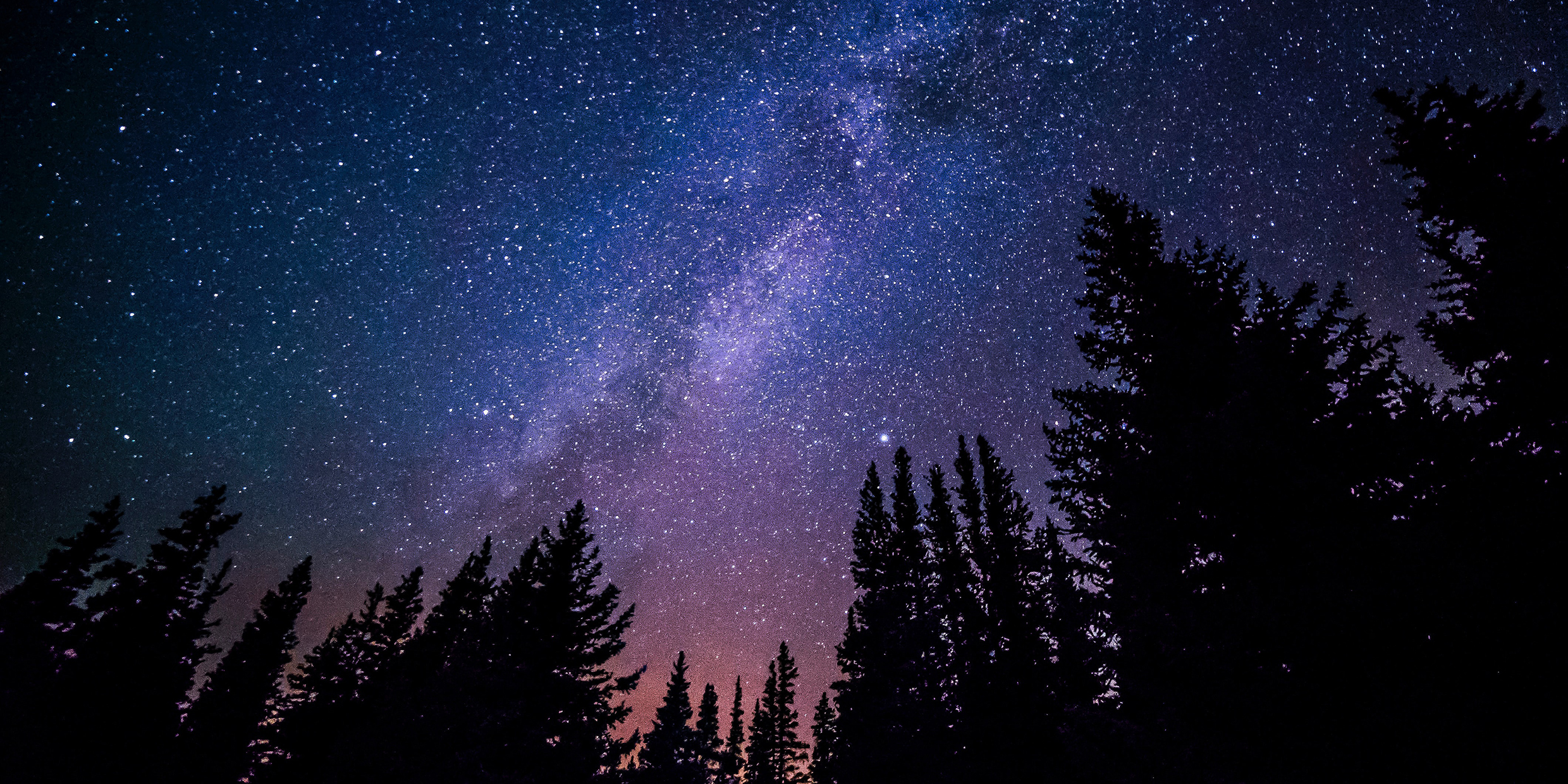Originally published 8 January 1996
In a poem titled He Wishes for the Cloths of Heaven, William Butler Yeats muses:
"Had I the heavens' embroidered cloths,
Enwrought with golden and silver light,
The blue and the dim and the dark cloths
Of night and light and the half-light,
I would spread the cloths under your feet."
But he is poor, the poet continues, with only his dreams. So he spreads his dreams beneath his lover’s feet, gently urging, “Tread softly because you tread on my dreams.”
Few more beautiful words have been put on paper than these lines of Yeats.’ Yet the poem never made much sense to me, for surely the one thing that belongs to all of us, rich and poor, is the cloths of heaven. The impoverished poet and the millionaire have equal access to the beauty of the night.
The gorgeous blue-dim tapestry spread from horizon to horizon, studded with diamond lights and embroidered with the golden and silver threads of the Milky Way, has inspired religion, myth, mathematics, and science since the first spark of consciousness ignited the human brain. Even today, in our technically sophisticated times, a view of the night sky from a dark place cannot fail to inspire dreams of a grandeur and a meaning greater than ourselves.
But there is more, much more. We have created magnificent spacecraft and telescopes to explore the night and the light and the half light. We have made visible many things that are invisible to the unaided eye. We have brought the dreamy heavens down to Earth.
Human ingenuity in astronomy and space science has been motivated by curiosity, and scientific knowledge is the greatest dividend of the resources we have invested in the quest. But our explorations have also produced a vast archive of remarkable, and under-exploited, astronomical images.
Many of these images are available to the public over the Internet, and in recent weeks I have spent hours downloading stunning pictures onto the screen of my computer, saving the best for future perusal.
Some personal favorites:
- The Earth and moon in the same field of view, imaged by the Galileo spacecraft on its second flyby of Earth. The Earth is gauzed with water and air, the moon dull and lifeless.
- The pocked, potato-shaped asteroid Ida and its baby moon Dactyl, photographed by Galileo on its way to Jupiter. What a gossamer thread of gravity holds this tiny moon to its parent! Ida is a bit smaller than Rhode Island; Dactyl could rest comfortably on the Boston Common.
- The Voyager pictures of Jupiter and its four largest moons. Nothing could have prepared the imagination for the colors and textures of these psychedelic worlds.
- The Hubble Space Telescope image of the Cygnus Loop, wispy shreds of a star that blew itself to smithereens 15,000 years ago, a lace-like delicacy that belies the violence of its creation.
- The Hubble image of a gassy star-factory in Orion, myriad worlds coming into existence before our very eyes.
- The head-on collision of a small galaxy with a giant spiral galaxy in the constellation Sculptor, photographed by Hubble. Like a stone thrown into a pond, the collision hurls outward a shockwave that ignites a brilliant tiara of stars.
- The light of faraway galaxies curved into a concentric swarm of circular arcs by the gravity of a massive, compact cluster of nearby galaxies, a rose-window view of the universe’s youth.
But why choose favorites? The riches are too many for choices. I can admire them all, on the screen of my computer, free for the taking.
Well, not exactly free. The computer isn’t cheap, and access to the Internet costs a few bucks. Which brings me to a modest proposal.
NASA should produce a full-length film of astronomical images for the big screen, a grand tour of the universe, from Earth to black holes at the cores of distant galaxies. This should be a Hollywood-quality production, with narration by Leonard Nimoy and score by John Williams. Cinemas in every town and neighborhood of the country should be subsidized by the federal government to show the film for free.
Yes, we’re talking several hundred million dollars, but that’s a tiny fraction of the cost of the scientific programs that produced the images. Such a sharing of the riches could not help but elevate the spiritual and intellectual life of the nation. These splendid products of human curiosity and ingenuity are the Gothic cathedrals of our time, the nexus where human striving touches the highest mysteries: the embroidered cloths of heaven ready to be laid at the feet of every American, rich or poor.



